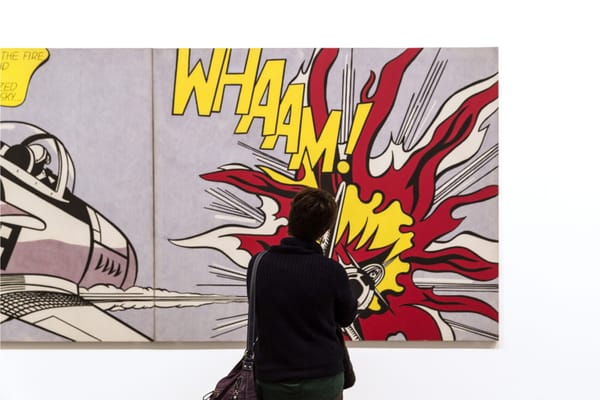Has the Real Landscape Behind the Mona Lisa Been Found?
Could the iconic landscape behind the Mona Lisa be based on a real place? Geologist Ann Pizzorusso believes she’s found it near Lake Como, Italy.

Italian geologist and art historian Ann Pizzorusso has sparked new excitement in the art world, claiming to have uncovered the real-life landscape behind Leonardo da Vinci’s “Mona Lisa.” Her research, presented at a geology conference, suggests that the iconic background in the painting may actually depict scenes from Lecco, near Lake Como in northern Italy. By analyzing the unique limestone formations and the 14th-century Azzone Visconti bridge in the area, Pizzorusso argues that Leonardo’s intricate depiction aligns closely with the geological features found there.
But her findings also prompt an intriguing question: Could centuries of natural changes in landscapes alter our ability to identify these historic settings accurately? Over time, land shifts due to erosion, climate change, and human development. As such, is it even possible to confirm that Leonardo’s background remains the same as it was 500 years ago?.
This bold assertion has ignited debate among art historians and geologists alike, with some supporting the idea that da Vinci based the scene on real locations, while others suggest that Leonardo’s landscapes were more imaginative composites. Pizzorusso’s findings bring a fresh perspective to the centuries-old mystery of the "Mona Lisa's" background, showing how geological analysis might offer new insights into famous works of art and the changing world they once depicted.
ART Walkway News





